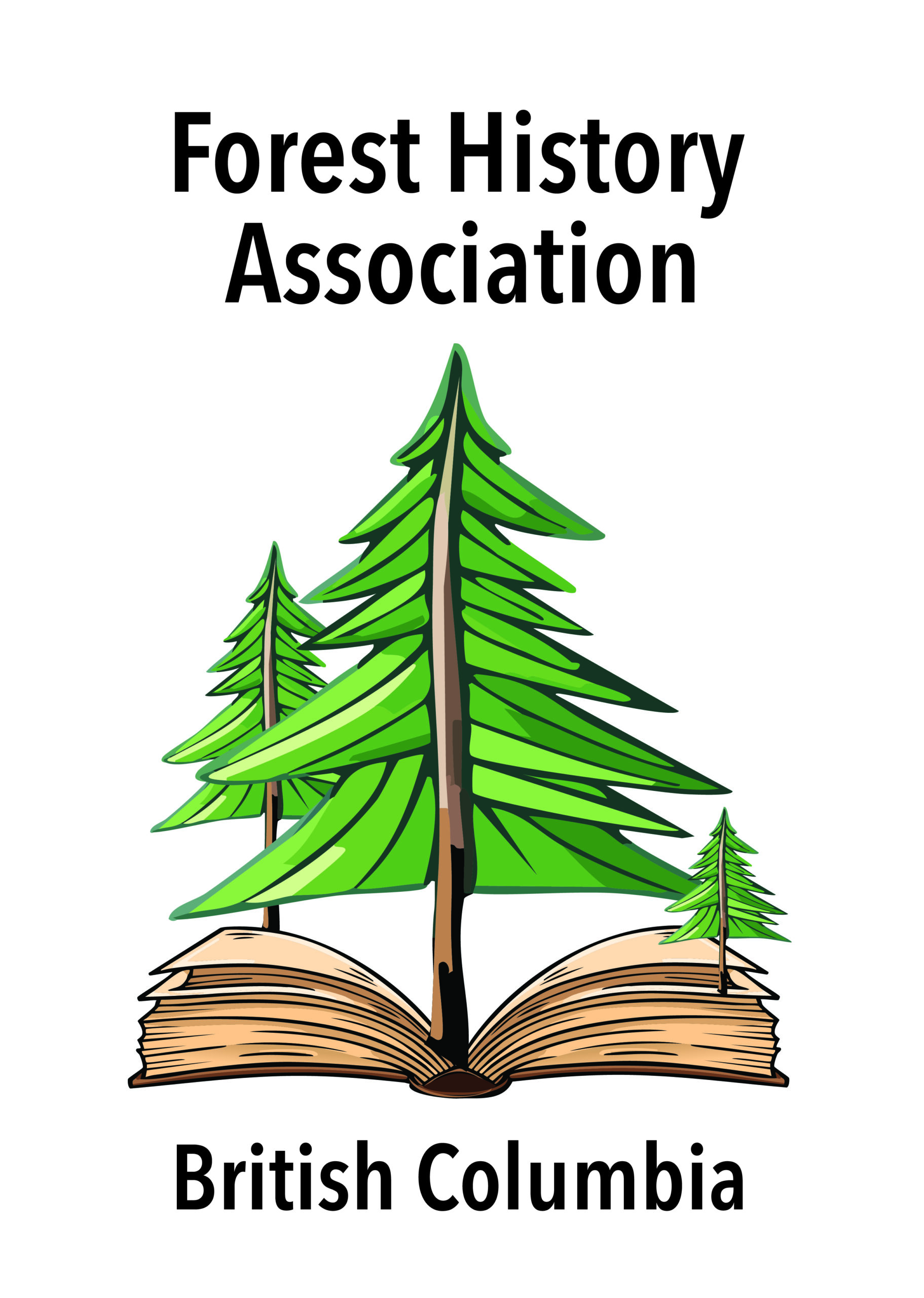
 The BC Forest History Association is pleased to host its final speaker of 2025: Keith Moore, RPF, a longtime resident of Haida Gwaii and a respected leader in forest policy, regulation, and certification. Tonight, December 16th, 7:00 pm on Zoom.
The BC Forest History Association is pleased to host its final speaker of 2025: Keith Moore, RPF, a longtime resident of Haida Gwaii and a respected leader in forest policy, regulation, and certification. Tonight, December 16th, 7:00 pm on Zoom.
In his presentation, “How the Long History of Forest Practices Regulation in BC Became a Key Part in a Recent BC Supreme Court Case,” Keith will explore how decades of statutory and voluntary forest practices regulation in British Columbia shaped the context and outcome of a recent court decision. Drawing on a career that spans research, policy development, enforcement, and auditing, he brings a rare, end-to-end perspective on how forest regulation actually works in practice.
Keith began his career with the Ministry of Forests Research Branch, followed by ten years with the BC Ministry of Environment. He was the inaugural Chair of the BC Forest Practices Board (1995–2000) and later became deeply involved with Forest Stewardship Council certification, conducting audits in forest regions around the world. Based in Daajing Giids, he continues to work with the Council of the Haida Nation and internationally through Assurance Services International.
Please register for a Zoom link here.
 The trade war launched by Donald Trump continues to intensify, striking Canadian workers. In addition to the 50% tariffs on steel and aluminum imposed earlier this year and the duties on non-CUSMA-compliant automobiles and parts, Washington added a 50% tariff on copper in July. More recently, a new 10% duty on softwood lumber was introduced, on top of the existing countervailing and anti-dumping duties. …Thanks to the mobilization and constant pressure of the United Steelworkers, several long-standing union demands have finally been adopted in Ottawa. …The federal government announced that it will now require the use of Canadian-made products in publicly funded projects and has announced new investments to strengthen Canada’s industrial capacity and the resilience of our supply chains. …Canada must go further and adopt a strong industrial strategy to reduce our dependence on the U.S. market, protect jobs, and ensure that we never again find ourselves in such a vulnerable position.
The trade war launched by Donald Trump continues to intensify, striking Canadian workers. In addition to the 50% tariffs on steel and aluminum imposed earlier this year and the duties on non-CUSMA-compliant automobiles and parts, Washington added a 50% tariff on copper in July. More recently, a new 10% duty on softwood lumber was introduced, on top of the existing countervailing and anti-dumping duties. …Thanks to the mobilization and constant pressure of the United Steelworkers, several long-standing union demands have finally been adopted in Ottawa. …The federal government announced that it will now require the use of Canadian-made products in publicly funded projects and has announced new investments to strengthen Canada’s industrial capacity and the resilience of our supply chains. …Canada must go further and adopt a strong industrial strategy to reduce our dependence on the U.S. market, protect jobs, and ensure that we never again find ourselves in such a vulnerable position. 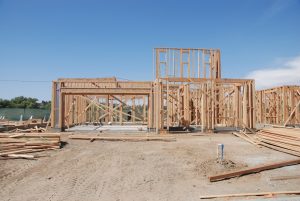 The federal government’s “Buy Canadian” policy for procurement for large infrastructure and defence projects kicked in on Tuesday as the U.S. trade war continues, Procurement Minister Joël Lightbound says. The policy was announced by Prime Minister Mark Carney in September and is essentially a mandate for the federal government to source components used in major government projects from domestic manufacturers. The procurement policy will extend immediately to government contracts valued at $25 million and over, but will expand to contracts valued at $5 million and over by the spring of 2026, Lightbound said. …Additionally, large federal construction and defence projects valued at $25 million or more will be required to use Canadian-produced steel, aluminum and wood products where the basic supply is available, he added. …In July, Carney had announced Canada would “restrict and reduce foreign steel imports entering the Canadian market.” In August, the policy was extended to Canadian lumber.
The federal government’s “Buy Canadian” policy for procurement for large infrastructure and defence projects kicked in on Tuesday as the U.S. trade war continues, Procurement Minister Joël Lightbound says. The policy was announced by Prime Minister Mark Carney in September and is essentially a mandate for the federal government to source components used in major government projects from domestic manufacturers. The procurement policy will extend immediately to government contracts valued at $25 million and over, but will expand to contracts valued at $5 million and over by the spring of 2026, Lightbound said. …Additionally, large federal construction and defence projects valued at $25 million or more will be required to use Canadian-produced steel, aluminum and wood products where the basic supply is available, he added. …In July, Carney had announced Canada would “restrict and reduce foreign steel imports entering the Canadian market.” In August, the policy was extended to Canadian lumber.
 “We’re just waiting for the dust to settle.” That sentiment was expressed recently by Nick Arkle, CEO of Gorman Bros., regarding the current 45% tariff on Canadian lumber exported to the US. In other words, what the industry is seeking more than anything else is clarity. …Complicating this scenario for lumber producers—and one that should not and cannot be overlooked—is provincial government policy, especially in BC, Ontario and Quebec. …If there is a potential silver lining in Canada to the ongoing tariff soap opera, it’s the promise by the Canadian Liberal government to build 500,000 new, affordable homes per year, thus theoretically creating significant domestic demand for building materials like softwood lumber. …While the experts are skeptical that the federal government will meet its goal of building 500,000 new homes per year… it will be worthwhile watching to see if Canadian softwood lumber producers will step up and benefit from this initiative.
“We’re just waiting for the dust to settle.” That sentiment was expressed recently by Nick Arkle, CEO of Gorman Bros., regarding the current 45% tariff on Canadian lumber exported to the US. In other words, what the industry is seeking more than anything else is clarity. …Complicating this scenario for lumber producers—and one that should not and cannot be overlooked—is provincial government policy, especially in BC, Ontario and Quebec. …If there is a potential silver lining in Canada to the ongoing tariff soap opera, it’s the promise by the Canadian Liberal government to build 500,000 new, affordable homes per year, thus theoretically creating significant domestic demand for building materials like softwood lumber. …While the experts are skeptical that the federal government will meet its goal of building 500,000 new homes per year… it will be worthwhile watching to see if Canadian softwood lumber producers will step up and benefit from this initiative. Hopes for relief on the tariffs front are likely on hold until the new year now that the US Supreme Court has adjourned for the holiday season before ruling on the matter of President Trump’s illogical and, likely, illegal trade tariffs. Their decision could come in January, which is a long wait for affected economies around the world. …It took just 35 days for lower courts to decide Trump’s use of the act for tariffs was invalid, which he appealed. …Rampant speculation is outlined by Daniel Schramm In the Missouri Independent: “
Hopes for relief on the tariffs front are likely on hold until the new year now that the US Supreme Court has adjourned for the holiday season before ruling on the matter of President Trump’s illogical and, likely, illegal trade tariffs. Their decision could come in January, which is a long wait for affected economies around the world. …It took just 35 days for lower courts to decide Trump’s use of the act for tariffs was invalid, which he appealed. …Rampant speculation is outlined by Daniel Schramm In the Missouri Independent: “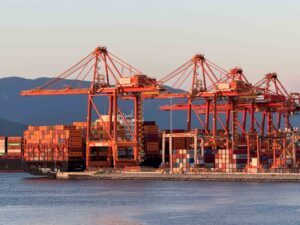 Canada-US Trade Minister Dominic LeBlanc says the door is open for American officials to restart trade talks with Canada. …”Canada believed it was making progress with the Americans — and talks would eventually move to automobiles and softwood lumber — but Trump “decided to suspend those negotiations. That’s regrettable.” …Canadian, American and Mexican officials are gearing up to review CUSMA, which offers Canada crucial protection from many of U.S. President Donald Trump’s tariffs. …On Thursday, Canada’s ambassador to the U.S. Kristen Hillman downplayed signals from the Trump administration about breaking down the trilateral pact and said she hasn’t “heard any indication from the US side that they want to change that foundation.” …All three countries must indicate by July 1 of next year whether they want to extend the agreement, renegotiate its terms or let it expire. LeBlanc said in private the conversations are “much more reassuring” about CUSMA.
Canada-US Trade Minister Dominic LeBlanc says the door is open for American officials to restart trade talks with Canada. …”Canada believed it was making progress with the Americans — and talks would eventually move to automobiles and softwood lumber — but Trump “decided to suspend those negotiations. That’s regrettable.” …Canadian, American and Mexican officials are gearing up to review CUSMA, which offers Canada crucial protection from many of U.S. President Donald Trump’s tariffs. …On Thursday, Canada’s ambassador to the U.S. Kristen Hillman downplayed signals from the Trump administration about breaking down the trilateral pact and said she hasn’t “heard any indication from the US side that they want to change that foundation.” …All three countries must indicate by July 1 of next year whether they want to extend the agreement, renegotiate its terms or let it expire. LeBlanc said in private the conversations are “much more reassuring” about CUSMA. This infographic, released December 12, 2025, provides an overview of the lumber industry, showcasing key metrics and trends related to production, exports and price change. It highlights significant data points, illustrating the state of the market and offering insights into the current landscape of lumber in Canada.
This infographic, released December 12, 2025, provides an overview of the lumber industry, showcasing key metrics and trends related to production, exports and price change. It highlights significant data points, illustrating the state of the market and offering insights into the current landscape of lumber in Canada.
 Join industry, government, First Nations, and community leaders at the 2026 COFI Convention as we focus on rebuilding competitiveness and shaping a more resilient future for BC’s forest sector. British Columbia’s forest sector is at a crossroads — facing tough challenges, but also leading the way in solutions that matter most to our province: housing, wildfire resilience, reconciliation, and building a resilient provincial economy. At the 2026 COFI Convention, themed Forestry is a Solution, leaders from industry, government, First Nations, local government will come together to advance competitiveness and chart a strong, sustainable future for BC’s forest sector. Discounted hotel rates are nearly sold out, book now to secure conference pricing and guarantee your stay. April 8 – 10, 2026 | JW Marriott Parq in Vancouver
Join industry, government, First Nations, and community leaders at the 2026 COFI Convention as we focus on rebuilding competitiveness and shaping a more resilient future for BC’s forest sector. British Columbia’s forest sector is at a crossroads — facing tough challenges, but also leading the way in solutions that matter most to our province: housing, wildfire resilience, reconciliation, and building a resilient provincial economy. At the 2026 COFI Convention, themed Forestry is a Solution, leaders from industry, government, First Nations, local government will come together to advance competitiveness and chart a strong, sustainable future for BC’s forest sector. Discounted hotel rates are nearly sold out, book now to secure conference pricing and guarantee your stay. April 8 – 10, 2026 | JW Marriott Parq in Vancouver
 Forest Minister Ravi Parmar says proposed new zoning regulations in Nanaimo for heavy industries could have “extreme” consequences for a local pulp and power producer. …A motion by Nanaimo Coun. Paul Manly at a Nov. 17 meeting targets emission-intensive industries such as garbage and waste incineration facilities and chemical, petroleum and LNG plants. …“This is not anti-Harmac,” Manly said in an interview on Friday. …In a letter to Nanaimo’s mayor and council this week, Parmar said the motion sends the wrong signal at a time when the B.C. forest manufacturing industry is in a downward spiral. “This move could result in lost investment, confidence and assuredness in the local forest sector,” said Parmar, noting Harmac Pacific is a key driver of the local forest sector and a major employer in Nanaimo’s economy. “We need to be supporting our forestry operators, not punishing them. This motion is closer to the latter.”
Forest Minister Ravi Parmar says proposed new zoning regulations in Nanaimo for heavy industries could have “extreme” consequences for a local pulp and power producer. …A motion by Nanaimo Coun. Paul Manly at a Nov. 17 meeting targets emission-intensive industries such as garbage and waste incineration facilities and chemical, petroleum and LNG plants. …“This is not anti-Harmac,” Manly said in an interview on Friday. …In a letter to Nanaimo’s mayor and council this week, Parmar said the motion sends the wrong signal at a time when the B.C. forest manufacturing industry is in a downward spiral. “This move could result in lost investment, confidence and assuredness in the local forest sector,” said Parmar, noting Harmac Pacific is a key driver of the local forest sector and a major employer in Nanaimo’s economy. “We need to be supporting our forestry operators, not punishing them. This motion is closer to the latter.”


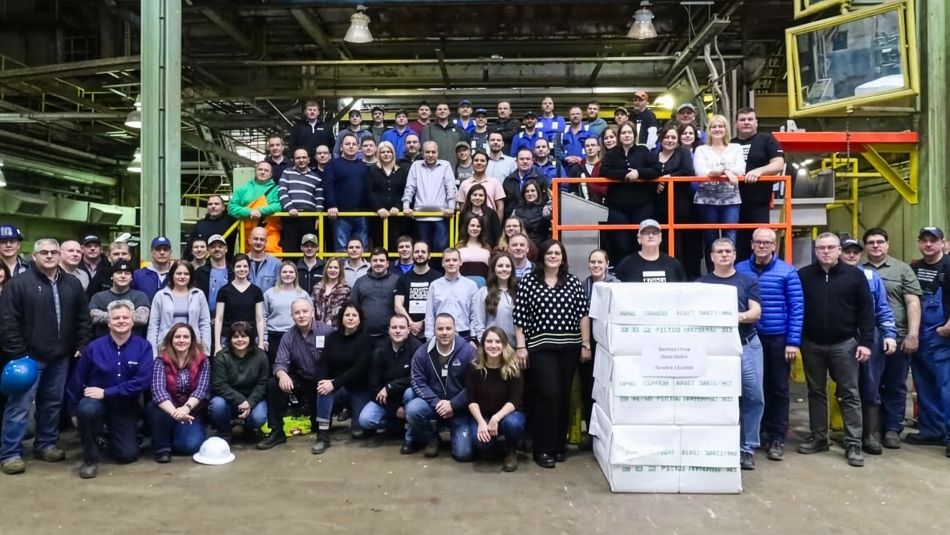



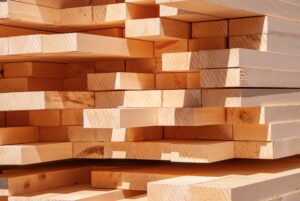 The
The 


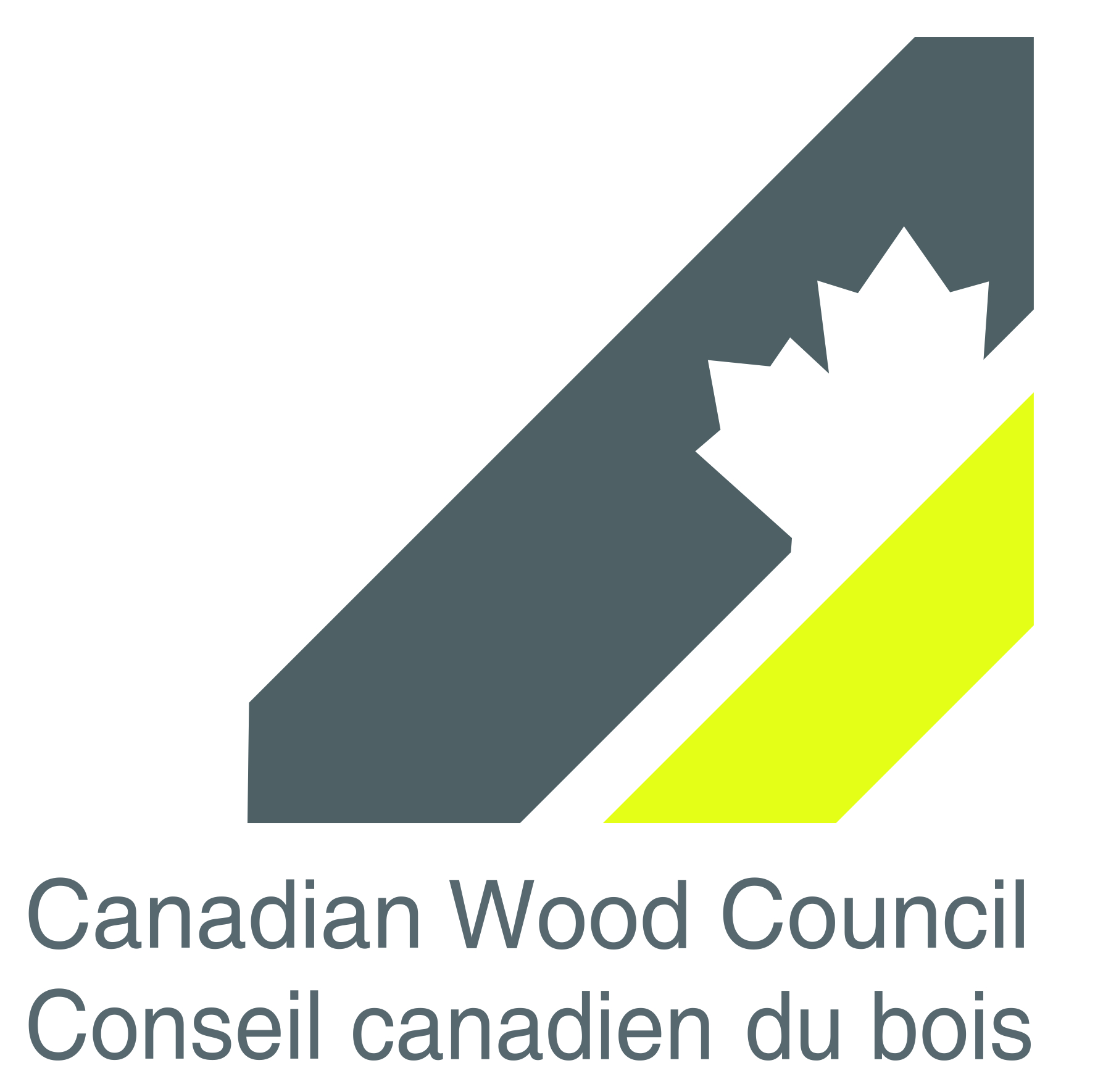 The Canadian Wood Council (CWC) welcomes the announcement made today by the Honourable Tim Hodgson, Minister of Energy and Natural Resources. The event celebrated funding for projects that strengthen Canada’s forestry sector and foster innovation in wood-based solutions. CWC received $8.5 million since 2023 to expand the use of wood-based products, broaden education on wood construction and contribute to the advancement of the National Building Code. …This funding has allowed CWC and its WoodWorks program to support design and construction professionals with expert resources, tools, and guidance that help accelerate the adoption of wood construction nationwide. As we continue this work, we will help catalyze sustainable demand for construction solutions that are not only innovative but also replicable and rapidly deployed, approaches that will help address Canada’s housing and affordability challenges at scale.
The Canadian Wood Council (CWC) welcomes the announcement made today by the Honourable Tim Hodgson, Minister of Energy and Natural Resources. The event celebrated funding for projects that strengthen Canada’s forestry sector and foster innovation in wood-based solutions. CWC received $8.5 million since 2023 to expand the use of wood-based products, broaden education on wood construction and contribute to the advancement of the National Building Code. …This funding has allowed CWC and its WoodWorks program to support design and construction professionals with expert resources, tools, and guidance that help accelerate the adoption of wood construction nationwide. As we continue this work, we will help catalyze sustainable demand for construction solutions that are not only innovative but also replicable and rapidly deployed, approaches that will help address Canada’s housing and affordability challenges at scale.




 Gold River, BC — This has not been a good year for forestry as the industry continues to feel the pain from escalating tariffs, mill closures and job losses. But in Nootka Sound a First Nation is looking to a future where trees have a higher value staying in the ground. …the Mowachaht/Muchalaht First Nation is looking at an entirely different economic approach to managing its territorial forests and waters in Nootka Sound. The First Nation’s Salmon Parks project aims to have 66,595 hectares, comprising approximately 20 per cent of its land territory, under a protected designation by 2030. The initiative strictly limits industrial activity within the Salmon Parks – particularly old growth logging – with hopes of eventually allowing nature to heal itself to the point that salmon runs rebound from the headwaters to the ocean. …As the project seeks an economic future, the Salmon Parks initiative is looking at the economic value of keeping trees standing by selling carbon credits.
Gold River, BC — This has not been a good year for forestry as the industry continues to feel the pain from escalating tariffs, mill closures and job losses. But in Nootka Sound a First Nation is looking to a future where trees have a higher value staying in the ground. …the Mowachaht/Muchalaht First Nation is looking at an entirely different economic approach to managing its territorial forests and waters in Nootka Sound. The First Nation’s Salmon Parks project aims to have 66,595 hectares, comprising approximately 20 per cent of its land territory, under a protected designation by 2030. The initiative strictly limits industrial activity within the Salmon Parks – particularly old growth logging – with hopes of eventually allowing nature to heal itself to the point that salmon runs rebound from the headwaters to the ocean. …As the project seeks an economic future, the Salmon Parks initiative is looking at the economic value of keeping trees standing by selling carbon credits.  Band-aid solutions are not going to fix the flooding problems in the Chemainus River watershed, Chief James Thomas from the Halalt First Nation told North Cowichan’s council on Nov. 19. He said the watershed and its salmon are in jeopardy mainly due to logging practices that were conducted upstream in the watershed over the past 50 years. Thomas said the Halalt and its partners, who are working on finding solutions to the watershed’s issues, didn’t create the problem, they inherited it. There is general community consensus that gravel and sediment accumulation, scoured banks, and increased debris, largely from logging operations upstream, have increased in recent years causing extreme flooding downstream, including on Halalt reserve lands. …Thomas and Cheri Ayers from Waters Edge Biological Consultants made a presentation to council on the Chemainus Watershed Initiative. The initiative began following two flooding events in 2020 and 2021.
Band-aid solutions are not going to fix the flooding problems in the Chemainus River watershed, Chief James Thomas from the Halalt First Nation told North Cowichan’s council on Nov. 19. He said the watershed and its salmon are in jeopardy mainly due to logging practices that were conducted upstream in the watershed over the past 50 years. Thomas said the Halalt and its partners, who are working on finding solutions to the watershed’s issues, didn’t create the problem, they inherited it. There is general community consensus that gravel and sediment accumulation, scoured banks, and increased debris, largely from logging operations upstream, have increased in recent years causing extreme flooding downstream, including on Halalt reserve lands. …Thomas and Cheri Ayers from Waters Edge Biological Consultants made a presentation to council on the Chemainus Watershed Initiative. The initiative began following two flooding events in 2020 and 2021.


